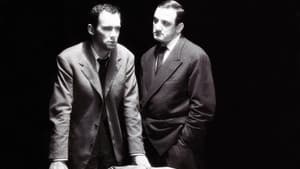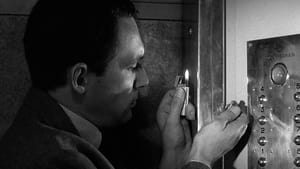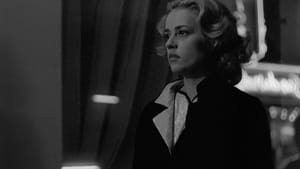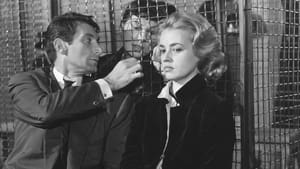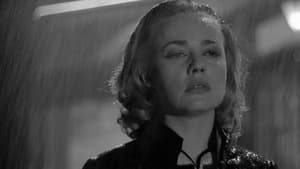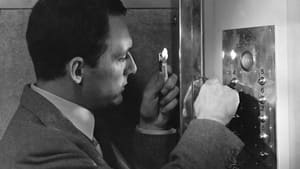Contact: [email protected]
Video Sources 0 Views

Synopsis
[ez-toc]





Introduction
In the vast tapestry of classic cinema, certain films possess an enduring charm that transcends time. “Elevator to the Gallows Colorized” (1958), directed by the visionary Louis Malle, stands as a testament to the power of storytelling and visual aesthetics. Now, imagine delving into the gripping narrative and atmospheric noir of this classic in an entirely new dimension – through the prism of color.
Read Media File Transfer Agreement: Terms and Conditions
Read FAQ
The Artistry of Elevator to the Gallows Colorized (1958)
“Elevator to the Gallows Colorized” unfolds against the post-war backdrop of Paris, presenting a narrative rich in suspense, romance, and the capricious twists of fate. Louis Malle, a maestro of the cinematic realm, orchestrates a tale that has endured for decades. Adapted from Noël Calef’s novel, the film encapsulates the essence of Film Noir, seamlessly blending shadowy aesthetics with moral ambiguity.
Malle’s direction is a masterclass in evoking tension and atmosphere. The narrative, centered on the characters Florence Carala (Jeanne Moreau) and Julien Tavernier (Maurice Ronet), is brought to life through stellar performances. Moreau’s portrayal of Florence and Ronet’s embodiment of Julien add layers of complexity, contributing to the film’s timeless allure.
A Canvas Awash with Color: Exploring Film Restoration
The evolution of film restoration, particularly colorization, has been both celebrated and contentious. Colorization involves adding hues to black-and-white films, a process that sparks debates among cinephiles. While purists argue for preserving the original aesthetic, the restoration of classic movies is paramount for introducing these cinematic treasures to newer generations.
The restoration process breathes new life into old films, ensuring their continued relevance. “Elevator to the Gallows Colorized” takes on a new vibrancy in color, inviting audiences to appreciate the nuanced shades of the narrative. This transformation not only preserves the past but also enhances the viewing experience, making classic cinema more accessible to diverse audiences.
Color’s Impact on Visual Storytelling
As the monochromatic elegance of classic films gives way to a spectrum of colors, the impact on visual storytelling becomes evident. In the colorized version of “Elevator to the Gallows Colorized” (1958), the chiaroscuro shadows of Film Noir take on new dimensions. The moody Parisian streets, once rendered in shades of gray, now evoke a vibrant and dynamic atmosphere.
Colorization adds layers to the emotional and thematic elements of the narrative. The hues chosen for specific scenes convey a visual language that complements the characters’ struggles and triumphs. This transformation doesn’t seek to replace the original; rather, it invites audiences to experience the film through a fresh lens, appreciating the details and nuances in a way previously unexplored.
The Role of Music: Miles Davis’ Iconic Jazz Score
A pivotal element in the allure of “Elevator to the Gallows Colorized” is Miles Davis’ groundbreaking jazz score. Davis, a titan of the genre, contributes a sonic landscape that intertwines seamlessly with the film’s narrative. The emotive power of Davis’ trumpet resonates through the scenes, enhancing the suspense and drama.
French New Wave Influence in Elevator to the Gallows Colorized (1958)
The film’s significance extends beyond its narrative and aesthetic; it holds a place in the French New Wave movement. The unconventional storytelling techniques and stylistic choices align with the avant-garde spirit of the era. “Elevator to the Gallows Colorized” not only encapsulates the essence of Film Noir but also echoes the innovation and experimentation synonymous with the French New Wave.
Preserving the Past, Embracing the Future: Significance of Colorized Classic Films
The debate surrounding colorization often centers on preserving the past versus embracing modernity. However, colorization serves as a bridge between these two realms, offering a way to keep classic films relevant for contemporary audiences. By introducing color, these films become more accessible and engaging, appealing to a broader demographic without compromising the integrity of the original work.
Experience Elevator to the Gallows (1958) in Color: A Cinematic Delight
For those intrigued by the prospect of experiencing “Elevator to the Gallows Colorized” in living color, the journey begins by seeking out the colorized version. This newfound visual dimension adds depth to the narrative and allows audiences to appreciate the film in a fresh light. The colorized version serves as an entry point for those new to classic cinema, offering a gateway to a bygone era in a format that feels contemporary.
As you embark on this cinematic delight, consider exploring other colorized classic films. Each one offers a unique opportunity to witness the marriage of timeless storytelling with the vibrancy of color, creating an immersive experience that transcends the boundaries of time.
Embrace the New Shades of Cinema History
In conclusion, the colorized version of “Elevator to the Gallows” Colorized (1958) is not an attempt to replace the original masterpiece but an invitation to explore the film from a different perspective. The introduction of color breathes new life into a classic, allowing it to resonate with audiences who may not have engaged with black-and-white cinema before. As we embrace the new shades of cinema history, let us celebrate the timeless allure of classic films and the evolving ways in which we experience them.
